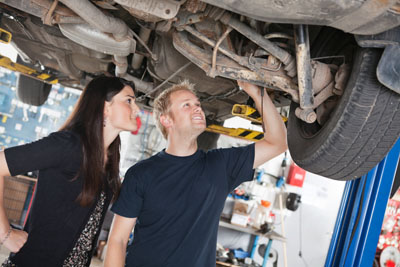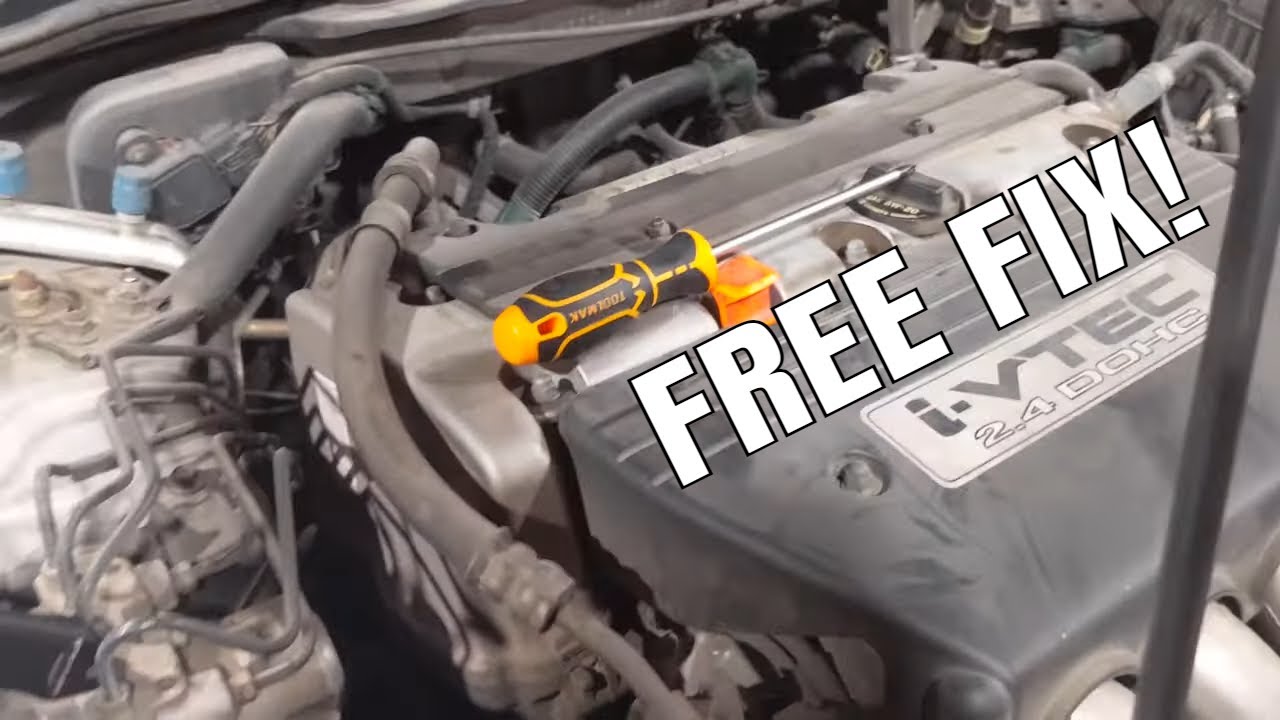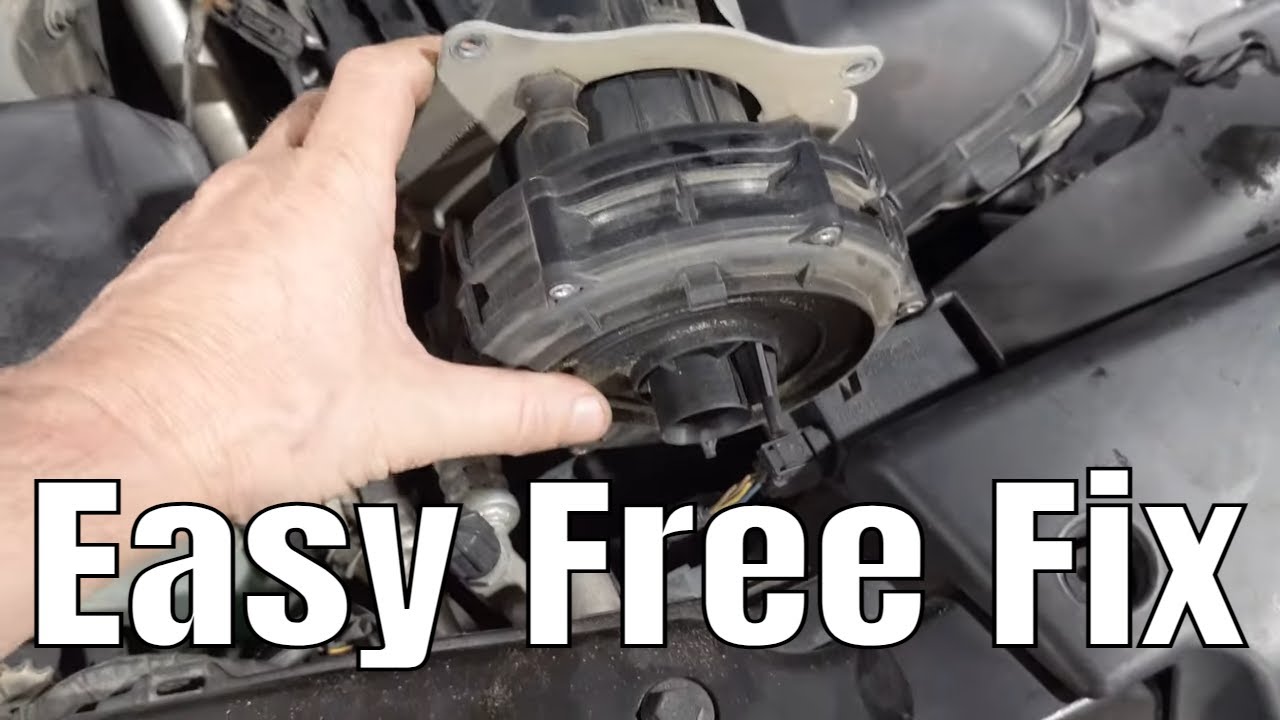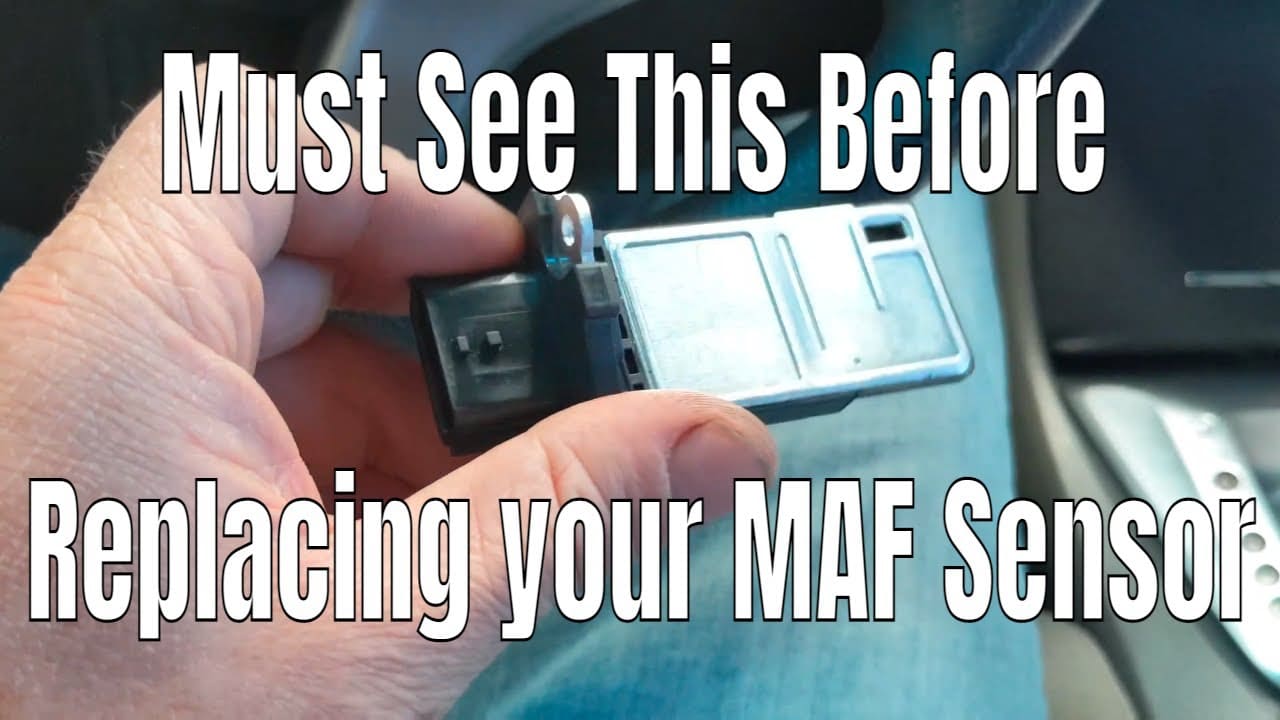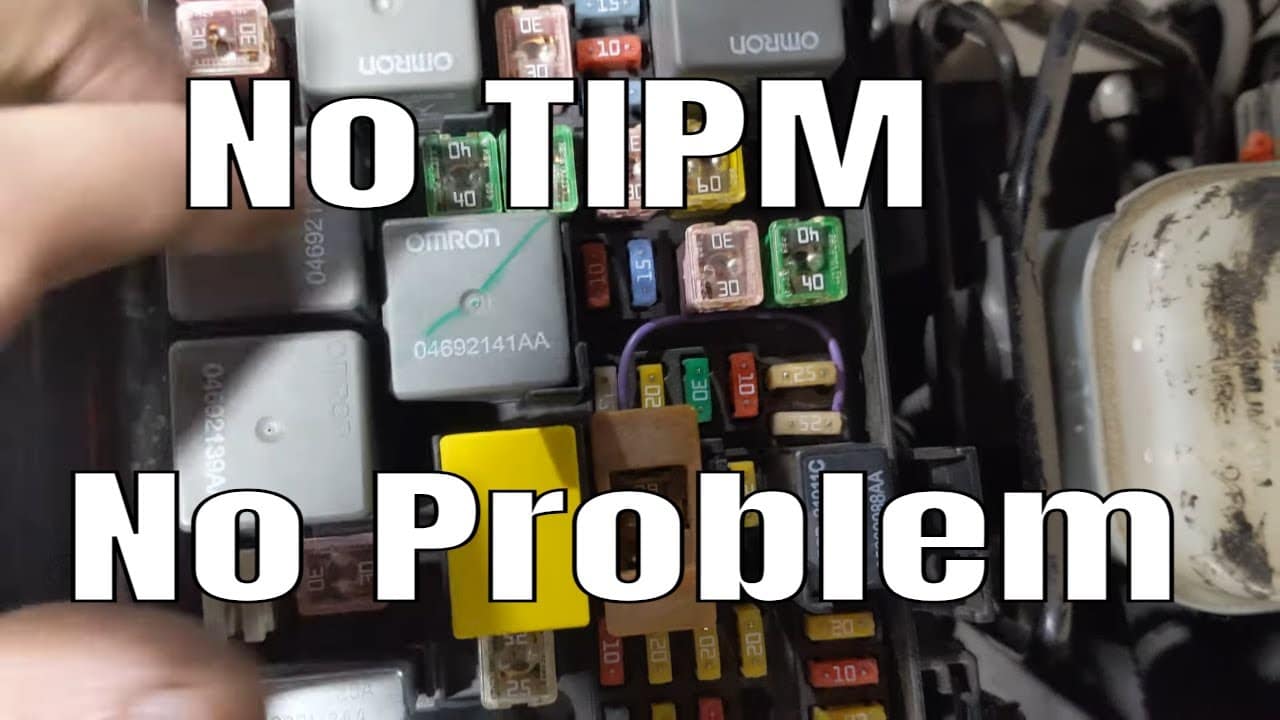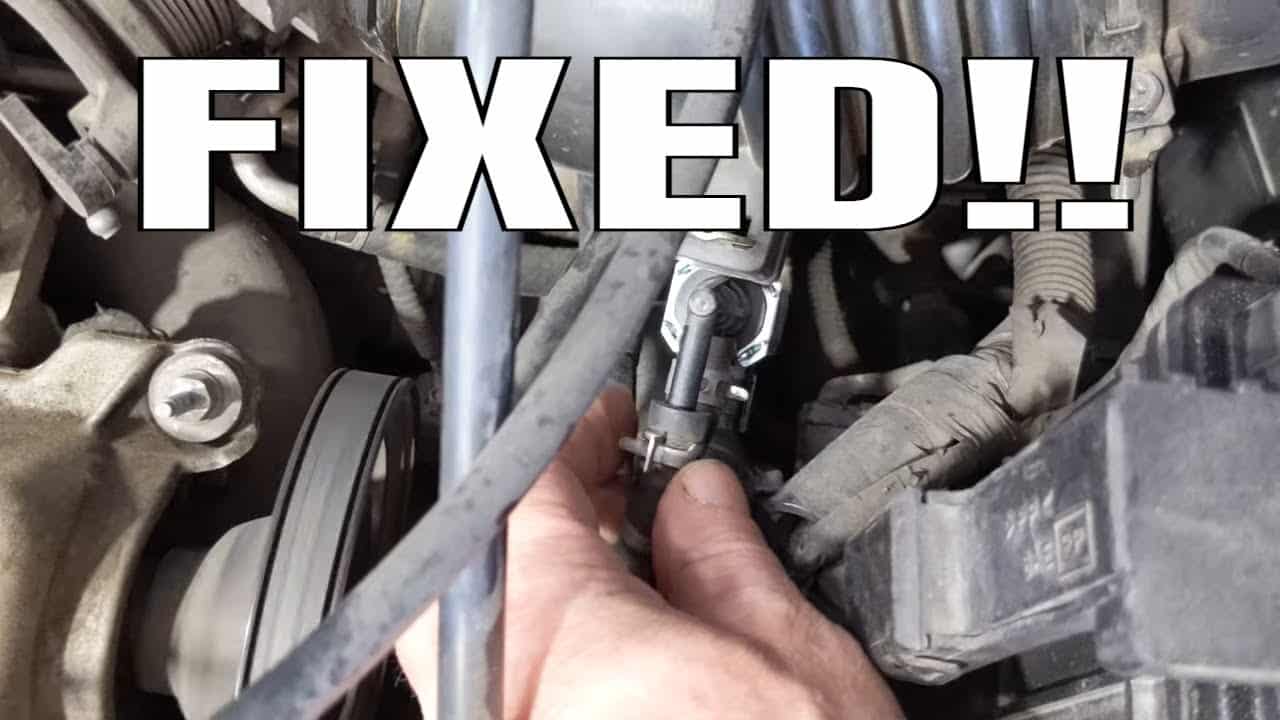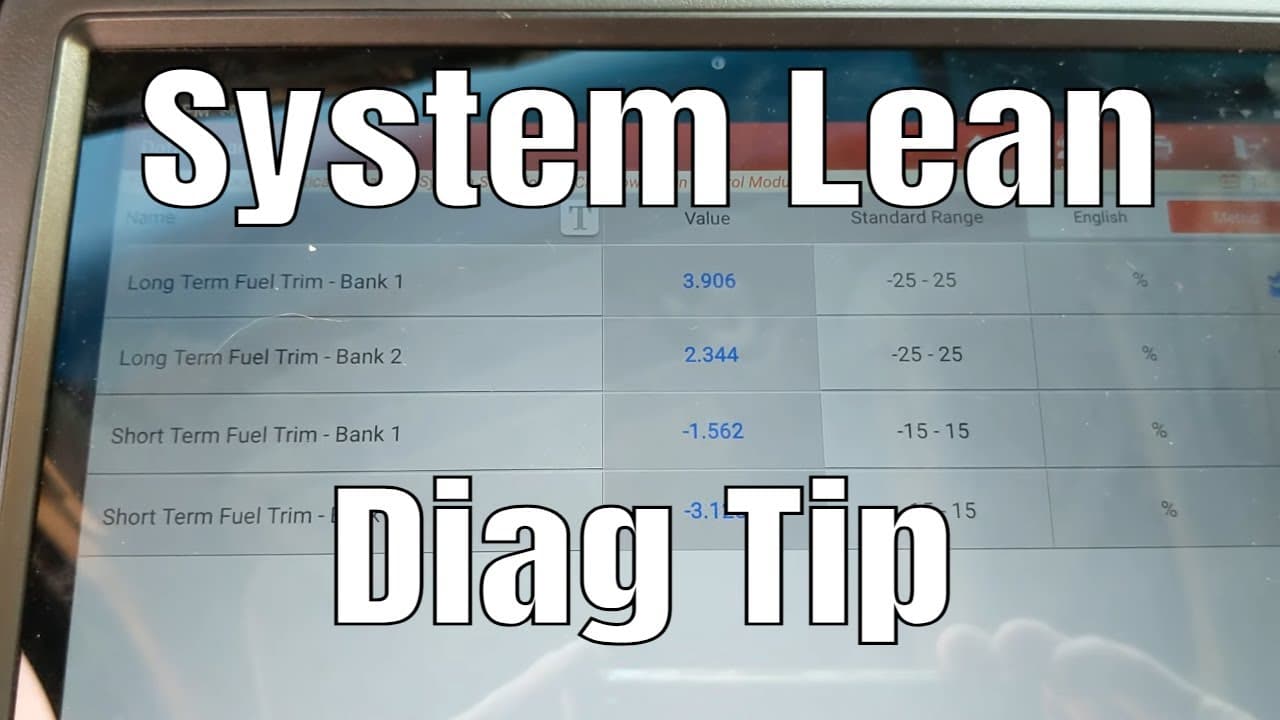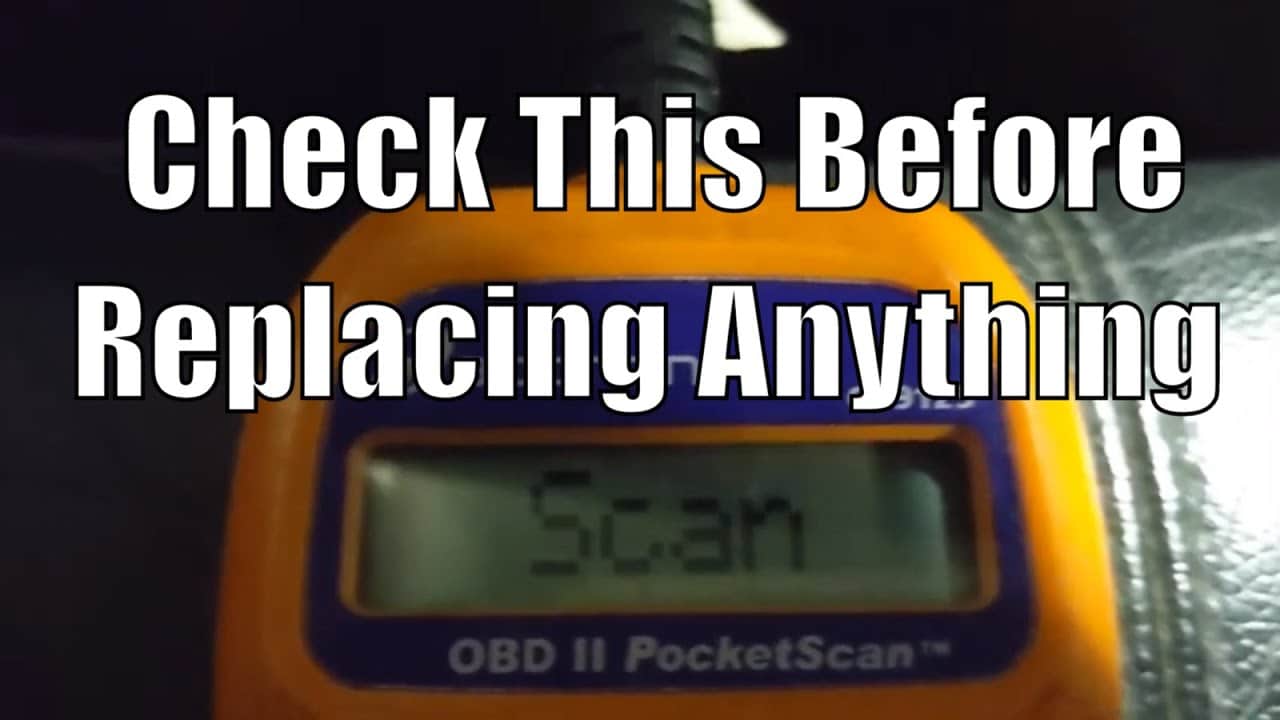As a car owner, regular maintenance and repairs are a necessary part of keeping your vehicle in good working condition. One of the essential maintenance tasks for your car is changing the transmission fluid and filter. But how much does this service cost? And is it better to go to a mechanic or do it yourself? In this guide, we’ll look at the average cost of a transmission fluid change, the factors that can affect the price, and the pros and cons of DIY vs. mechanic transmission fluid changes.
The Average Transmission Fluid Change Cost Is $200 and $450 Depending on Your Car, Your Transmission, and if You Go to the Mechanic or DIY.
Transmission fluid is responsible for lubricating and cooling the gears and components in your transmission, helping to ensure smooth and efficient operation. Over time, the transmission fluid can become dirty and contaminated, reducing its effectiveness and causing wear and damage to your transmission. That’s why it’s crucial to have the transmission fluid and filter changed at regular intervals, as specified in your vehicle’s service schedule.
The cost of a transmission fluid change can vary widely, depending on several factors, such as the type of transmission and vehicle, the location and labor rates, and any related repairs or maintenance. On average, the cost of a transmission fluid change at a mechanic ranges from $400 to $450, while the cost of a DIY transmission fluid change ranges from $220 to $280.

Factors that Affect the Cost of a Transmission Fluid Change
- Type of transmission and vehicle: The type of transmission your car has (automatic or manual) and the make and model of your vehicle can affect the cost of a transmission fluid change. Automatic transmissions typically require more fluid and complex procedures than manual transmissions, which can increase the cost.
- Location and labor rates: The labor cost can vary widely depending on where you live, with rates in some areas being much higher than in others. Additionally, some mechanics may charge more for a transmission fluid change than others.
- Related repairs or maintenance: If any other issues with your transmission need to be addressed, such as worn gears or a damaged filter, the cost of a transmission fluid change can be higher.
Cost Comparison: Mechanic vs. DIY
When it comes to the transmission fluid and filter changes, you have two options: going to a mechanic or doing it yourself. Both options have their pros and cons.
Mechanic:
- Pros: Mechanics have the training, experience, and tools to change transmission fluid quickly and efficiently. If there are any problems with your transmission, they can diagnose and fix them. Additionally, if something goes wrong with your transmission after the fluid change, the mechanic may be able to provide warranty coverage.
- Cons: The cost of a transmission fluid change at a mechanic can be higher than doing it yourself, and you may have to wait for an appointment.
DIY:
- Pros: Doing a transmission fluid change yourself can save you money and give you the satisfaction of completing the task yourself. Additionally, by doing it yourself, you’ll be able to monitor the condition of your transmission fluid more closely, which can help you detect any potential problems early.
- Cons: Changing transmission fluid yourself can be messy and time-consuming, and if you’re not familiar with the process, you may do more harm than good. Additionally, you may not be covered by warranty if something goes wrong with your transmission after the fluid change.
How to Change Your Transmission Fluid

- Overview of the process: Changing your transmission fluid is a relatively simple process that involves draining the old fluid, replacing the filter, and refilling the transmission with fresh fluid. However, the process can vary depending on the type of transmission and vehicle. It is important to consult your vehicle’s service manual or a professional mechanic before attempting a transmission fluid change.
- Differences between manual and automatic transmissions: The process of changing the transmission fluid in a manual transmission is generally less complex than in an automatic transmission. Automatic transmissions have a pan that holds the transmission filter, which must be removed to access and replace the filter. Additionally, automatic transmissions have a torque converter that must be drained separately.
- Tips for DIYers on how to change transmission fluid: If you’re planning on doing a transmission fluid change yourself, here are a few tips to keep in mind:
- Make sure you have the correct type of transmission fluid for your vehicle.
- Have a funnel, a clean rag, and an automotive drain pan ready.
- Have a jack and jack stand ready.
- Be prepared for the fluid to be hot and possibly dirty
- Guides and resources for more information: Many car manufacturers provide detailed guides and videos on changing transmission fluids. Additionally, many online resources, such as forums and tutorials, can provide you with more information and guidance.
What Happens If You Don’t Change Your Transmission Fluid
Neglecting to change your transmission fluid can have severe consequences for your transmission. Over time, dirty and contaminated transmission fluid can cause wear and damage to the gears and components in your transmission, leading to costly repairs or even the need for a transmission rebuild. Additionally, neglecting transmission fluid changes can also shorten the overall lifespan of your transmission. It is essential to follow your vehicle’s recommended service schedule for transmission fluid changes to ensure the longevity and performance of your transmission.
In conclusion, the cost of a transmission fluid change can vary widely depending on several factors, including the type of transmission and vehicle, location and labor rates, and any related repairs or maintenance. While it may be tempting to try and save money by doing a transmission fluid change yourself, it’s crucial to weigh the pros and cons and consider the potential risks and consequences. By following your vehicle’s recommended service schedule and consulting a professional mechanic when necessary, you can help ensure the longevity and performance of your transmission.

